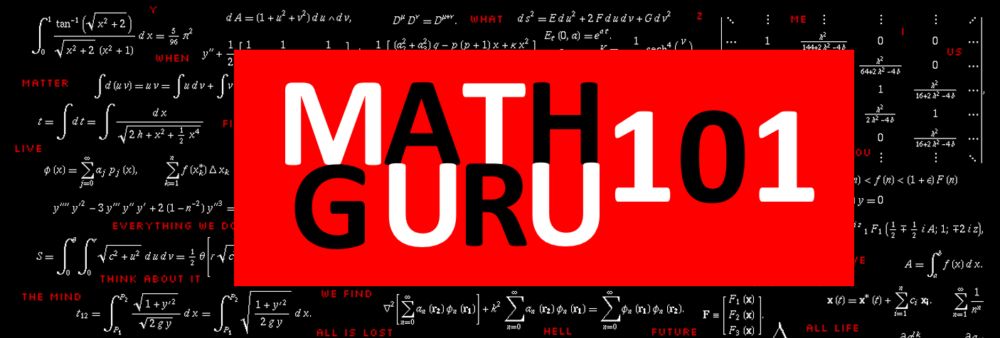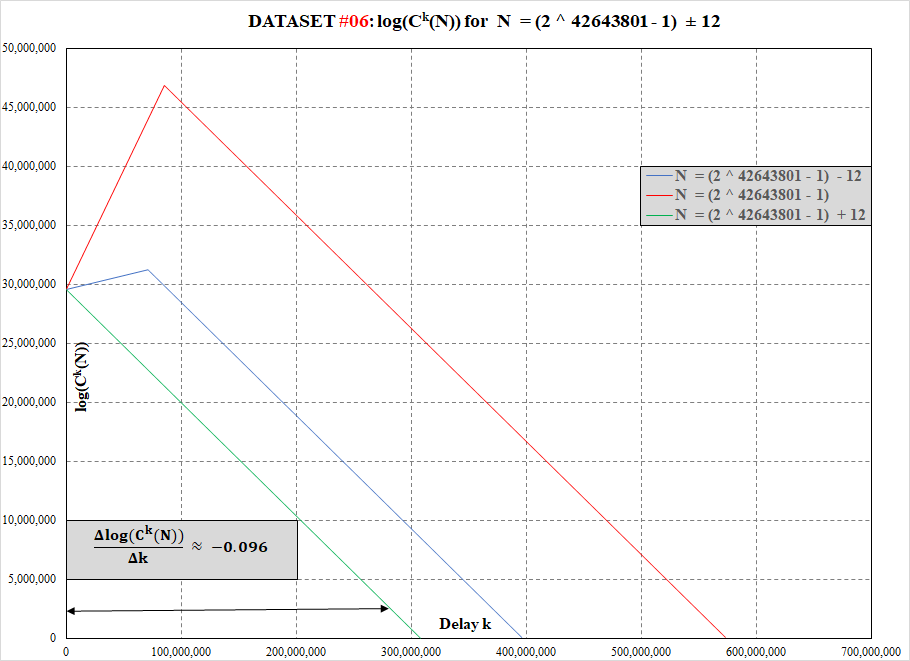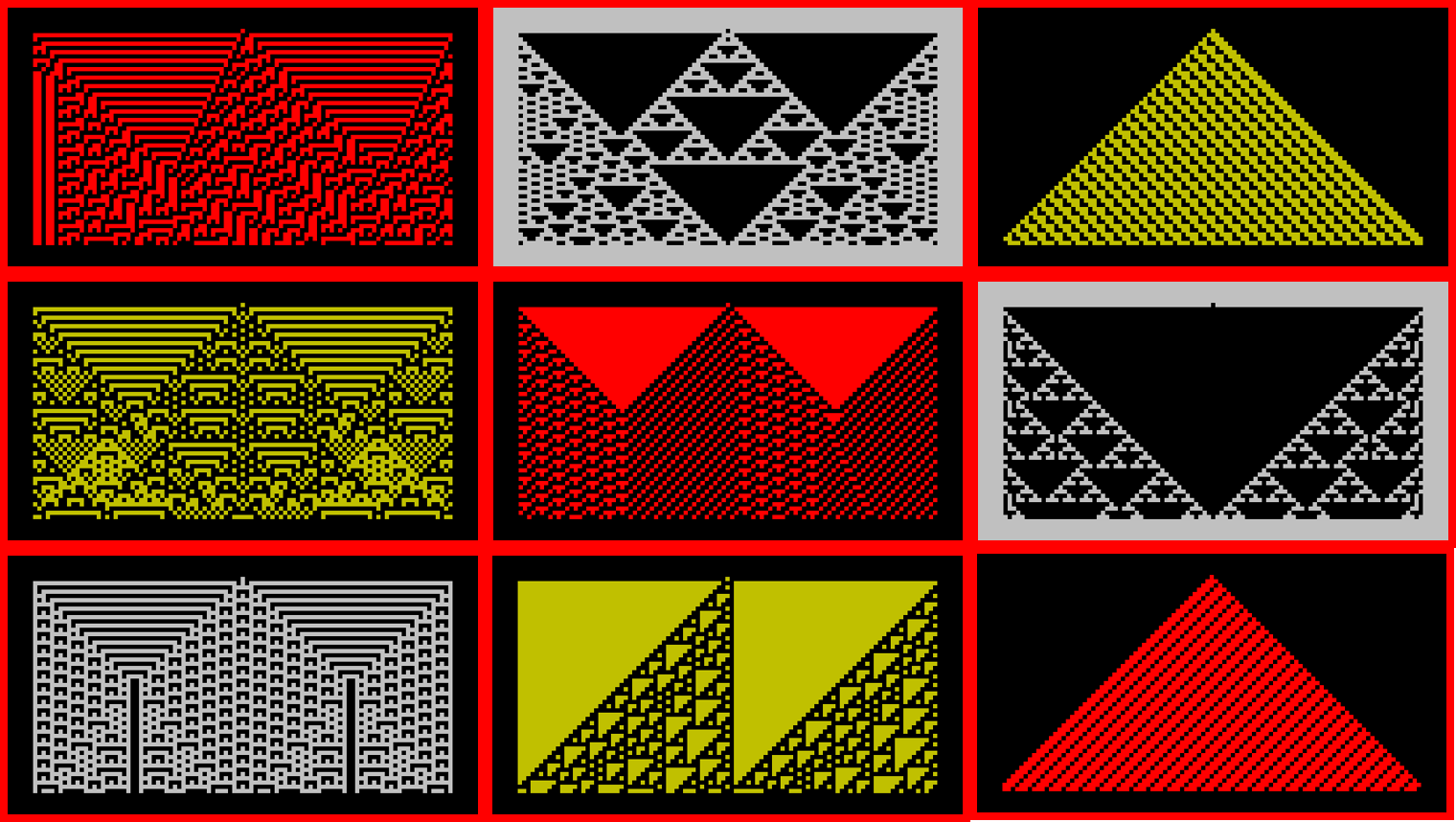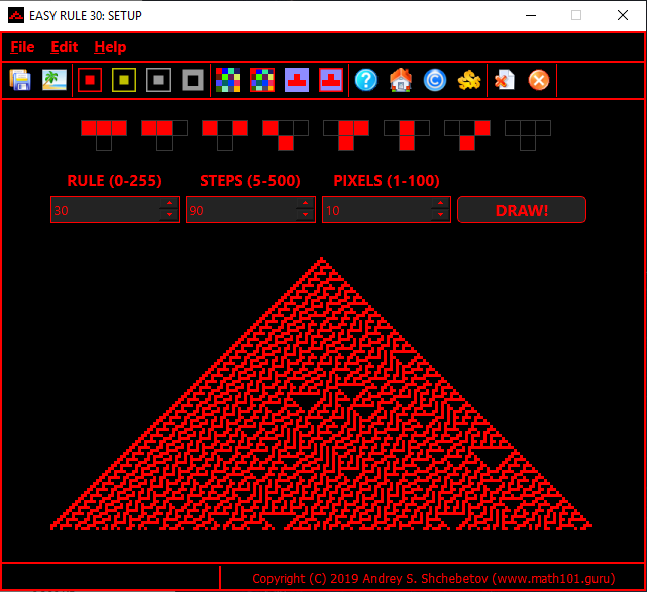We are at the final stage of development for “Chebyshev’s Bias Visualizer”, a computer program that allows to visualize Chebyshev’s Bias, the phenomenon closely related to the Generalized Riemann Hypothesis.
The program is capable of producing graphs for any prime number race at required resolution level and save data for the future analysis and use with other graph and data analysis software.





